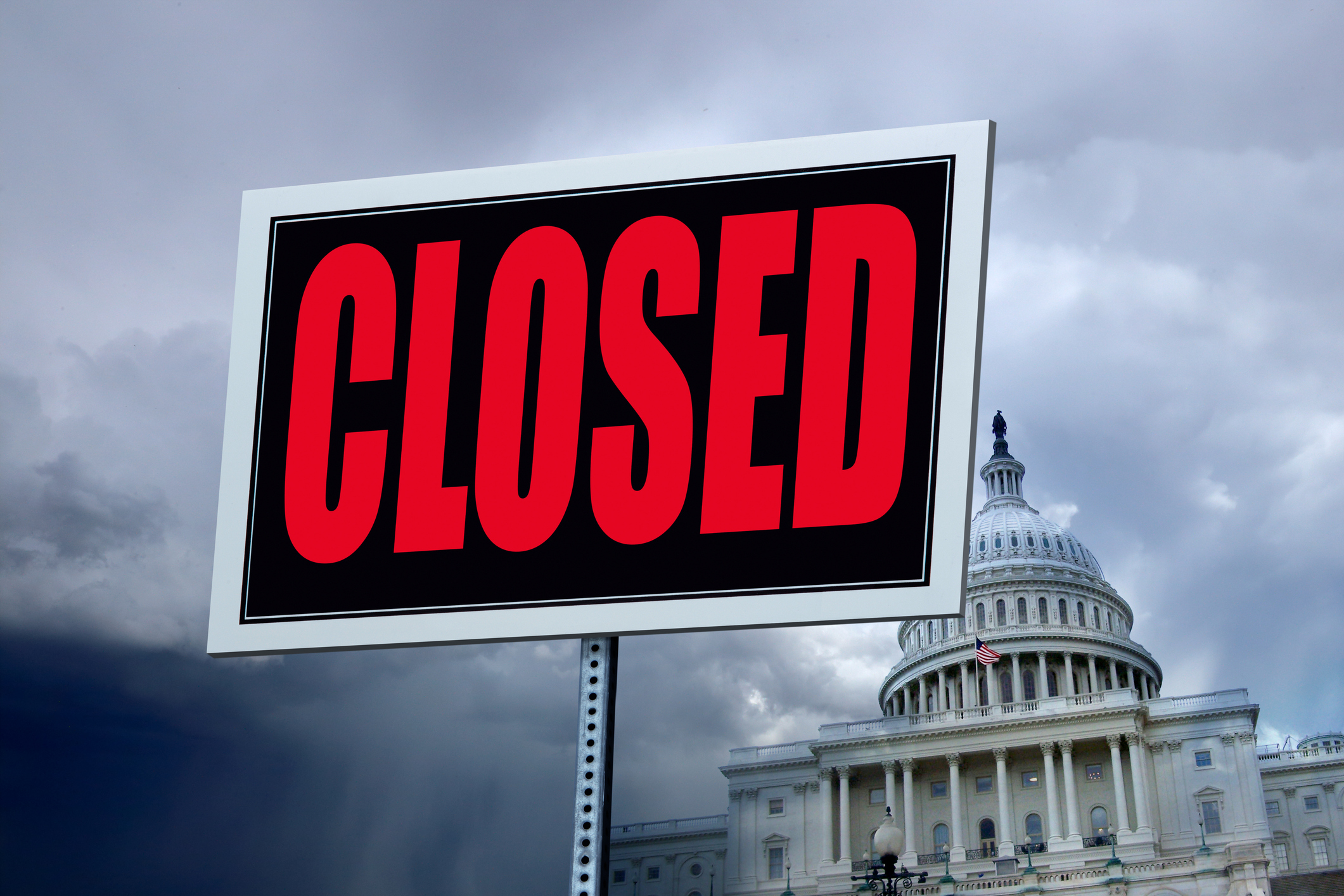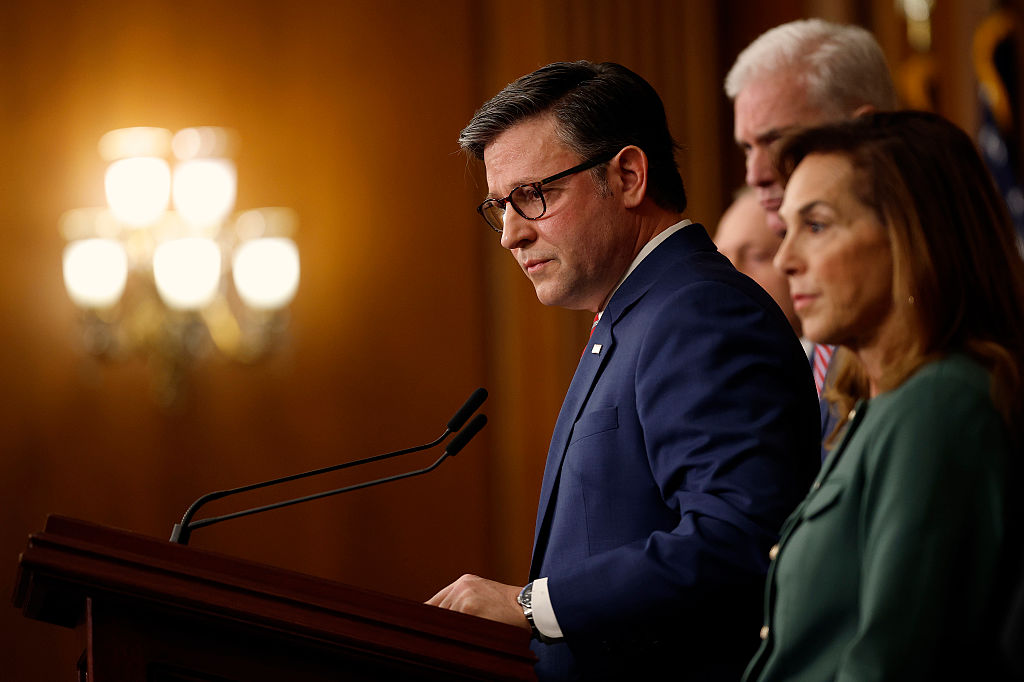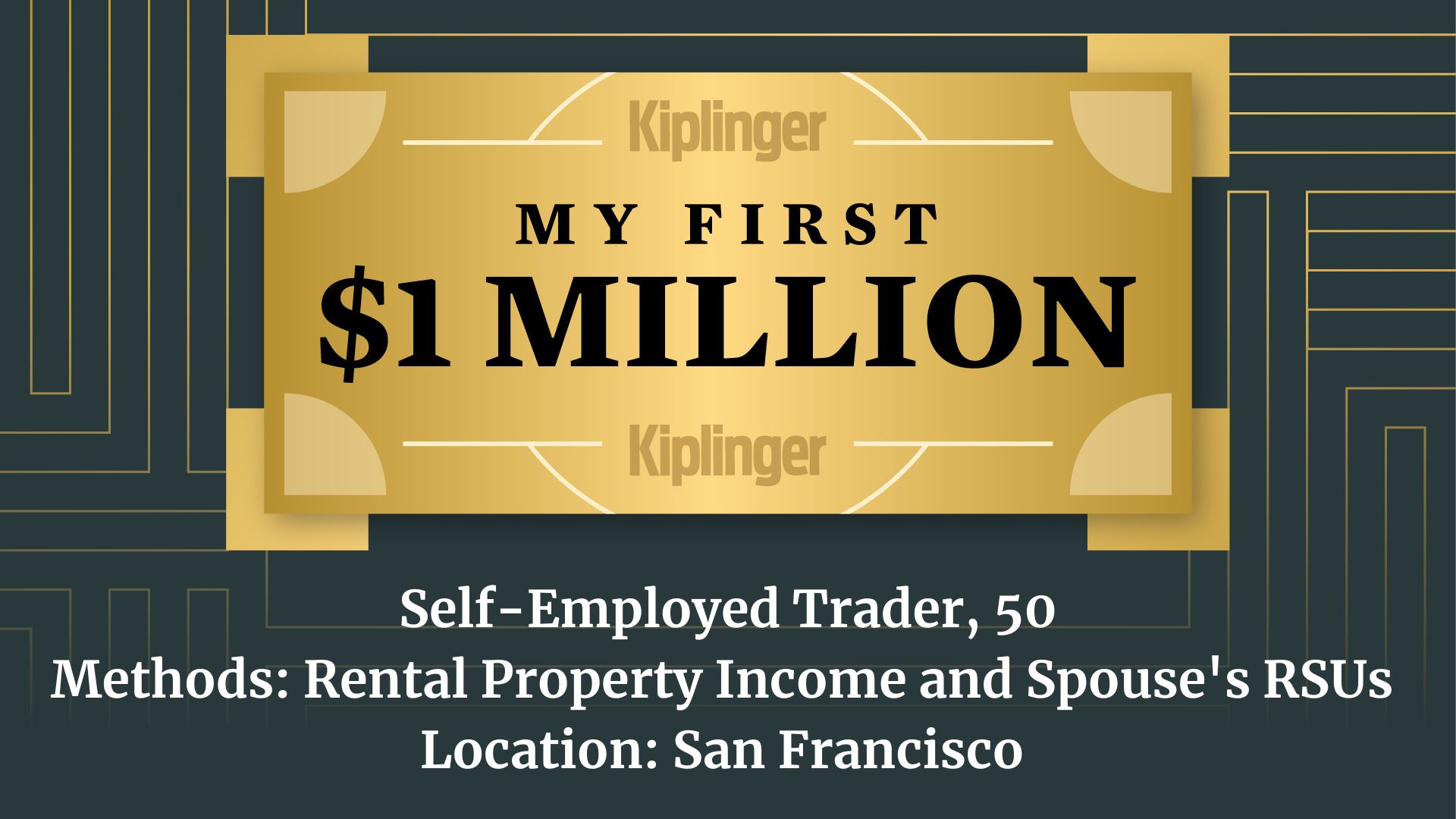The Shutdown Standoff Is Heading for Its Next Big Test
A key mid-October deadline could intensify the shutdown fight in Washington, and the fallout could soon hit workers and your wallet.


After Congress failed to pass a funding bill by October 1, the country entered a government shutdown. Lawmakers now face another critical deadline, but negotiations remain at a standstill.
While essential employees continue to work, their paychecks won’t be processed if Congress doesn’t pass a budget by October 13. The shutdown also threatens programs like WIC, which could run out of funds within two weeks, and SNAP, which may face similar challenges if the stalemate extends past October.
With no resolution in sight, the shutdown’s effects are starting to ripple through the economy. Delayed reports, including the latest jobs data, make it harder to gauge the full impact.
From just $107.88 $24.99 for Kiplinger Personal Finance
Become a smarter, better informed investor. Subscribe from just $107.88 $24.99, plus get up to 4 Special Issues

Sign up for Kiplinger’s Free Newsletters
Profit and prosper with the best of expert advice on investing, taxes, retirement, personal finance and more - straight to your e-mail.
Profit and prosper with the best of expert advice - straight to your e-mail.
Why October 15 matters
October 15 is an important deadline, in part because it’s the next scheduled pay date for active-duty military service members. Considered essential employees, active-duty military have continued working during the shutdown, but if Congress doesn’t pass a budget by October 13, the troops’ payroll won’t be processed on time.
Several key federal programs depend on a timely budget. The Special Supplemental Nutrition Program for Women, Infants, and Children (WIC), used by millions of families, is particularly vulnerable and could run out of funding.
Since this government shutdown takes place at the start of the federal fiscal year, WIC agencies don’t have money to issue to participants, and the program’s funding could run out in as little as two weeks.
The Supplemental Nutrition Assistance Program (SNAP) loads money onto participants’ cards at the beginning of the month, so participants already have their money for the month of October. But if the government shutdown isn’t resolved by the end of the month, SNAP could also face funding issues.
Economists are warning of increased economic risk if the government shutdown isn’t resolved. The monthly jobs report should have been released this past Friday, but its release has been postponed.
Without that data, it’s difficult to monitor the economic damage caused by the shutdown, creating a sense of uncertainty around the United States economy.
Where negotiations stand now

The current negotiations center around expiring health insurance subsidies. If those subsidies expire, middle-class Americans could see their health insurance premiums double or triple.
Democrats are demanding that Congress permanently extend the health insurance tax credits before the open enrollment period begins on November 1. Republicans refuse to commit to extending subsidies while negotiating a budget, stating that they will review the subsidies once the government shutdown ends.
As of Monday, the Senate voted on the funding bills needed to end the shutdown six times, failing to reach the 60 votes needed. The Senate is scheduled to reconvene on October 8 for another vote.
What happens if the deadline passes
If Congress fails to come to an agreement and reopen the government by October 13, there could be many consequences. Federal workers and contractors, including military members, will be forced to go without their next paycheck, which could be a major financial strain for individuals and families without substantial savings.
After the 2019 government shutdown, Trump signed a law guaranteeing back pay for federal employees once a shutdown ends. However, a draft White House memo released Tuesday indicates that workers on unpaid leave may not be guaranteed compensation this time.
When questioned about back pay, Trump responded, “I would say it depends on who we’re talking about.”
While programs like Social Security and Medicare will continue to issue payments, customer service and new application processing times will be slowed because of limited staff.
A prolonged government shutdown could significantly affect federally funded programs. WIC funding could run out in just two weeks, leaving financially vulnerable families with even less money for food. Should the shutdown last through the end of the month, SNAP recipients could find themselves in a similar position.
If SNAP and WIC funding runs out, food banks and food pantries are likely to see additional demand as program recipients need more help affording food heading into the holidays.
Who’s feeling the pressure?
Both Republicans and Democrats are feeling the pressure to reach an agreement. There’s already plenty of attention on the 2026 midterm elections, which could potentially change the majority in the House and Senate.
In a poll conducted by CBS news, 39% of respondents blame Trump and congressional Republicans for the shutdown, while 30% blame Democrats and 31% hold both parties responsible.
What it means for your money
It’s impossible to predict how long the government shutdown will last. If you rely on government pay, benefits or contracts, it’s important to be cautious with your money at this time. Avoid any unnecessary purchases and try to save as much money as possible.
There are several resources available for government employees affected by the shutdown. Government employees created a crowdsourced spreadsheet of shutdown assistance programs for employees.
Additionally, Maryland launched a Federal Shutdown Loan Program that provides support to Maryland residents who are essential federal employees not receiving pay.
Staying informed about the government shutdown can help you navigate the uncertainty. It can also help you learn about available resources and assistance. Even if you don’t rely on government pay, the shutdown has widespread effects on the economy, so it’s important to stay informed about the latest updates as Congress continues to work toward a resolution.
related content
Profit and prosper with the best of Kiplinger's advice on investing, taxes, retirement, personal finance and much more. Delivered daily. Enter your email in the box and click Sign Me Up.

Paige Cerulli is a freelance journalist and content writer with more than 15 years of experience. She specializes in personal finance, health, and commerce content. Paige majored in English and music performance at Westfield State University and has received numerous awards for her creative nonfiction. Her work has appeared in The U.S. News & World Report, USA Today, GOBankingRates, Top Ten Reviews, TIME Stamped Shopping and more. In her spare time, Paige enjoys horseback riding, photography and playing the flute. Connect with her on LinkedIn.
-
 Stocks Slip to Start Fed Week: Stock Market Today
Stocks Slip to Start Fed Week: Stock Market TodayWhile a rate cut is widely expected this week, uncertainty is building around the Fed's future plans for monetary policy.
-
 December Fed Meeting: Live Updates and Commentary
December Fed Meeting: Live Updates and CommentaryThe December Fed meeting is one of the last key economic events of 2025, with Wall Street closely watching what Chair Powell & Co. will do about interest rates.
-
 This Is Why Investors Shouldn't Romanticize Bitcoin
This Is Why Investors Shouldn't Romanticize BitcoinInvestors should treat bitcoin as the high-risk asset it is. A look at the data indicates a small portfolio allocation for most investors would be the safest.
-
 Smart Money Moves Savers Should Make in 2026
Smart Money Moves Savers Should Make in 2026These steps will get you on the road to achieving your 2026 savings goals.
-
 How Much Would a $50,000 HELOC Cost Per Month?
How Much Would a $50,000 HELOC Cost Per Month?Thinking about tapping your home’s equity? Here’s what a $50,000 HELOC might cost you each month based on current rates.
-
 My First $1 Million: Self-Employed Trader, 50, San Francisco
My First $1 Million: Self-Employed Trader, 50, San FranciscoEver wonder how someone who's made a million dollars or more did it? Kiplinger's My First $1 Million series uncovers the answers.
-
 Waiting for Retirement to Give to Charity? Here Are 3 Reasons to Do It Now, From a Financial Planner
Waiting for Retirement to Give to Charity? Here Are 3 Reasons to Do It Now, From a Financial PlannerYou could wait until retirement, but making charitable giving part of your financial plan now could be far more beneficial for you and the causes you support.
-
 Are You Ghosting Your Finances? What to Do About Your Money Stress
Are You Ghosting Your Finances? What to Do About Your Money StressAvoidance can make things worse. You can change your habits by starting small, talking with a family member or friend and being consistent and persistent.
-
 Your End of Year Insurance Coverage Review Checklist
Your End of Year Insurance Coverage Review ChecklistStop paying for insurance you don't need and close coverage gaps you didn't know about with this year-end insurance review.
-
 I'm an Insurance Pro: If You Do One Boring Task Before the End of the Year, Make It This One (It Could Save You Thousands)
I'm an Insurance Pro: If You Do One Boring Task Before the End of the Year, Make It This One (It Could Save You Thousands)Who wants to check insurance policies when there's fun to be had? Still, making sure everything is up to date (coverage and deductibles) can save you a ton.
-
 4 Smart Ways Retirees Can Give More to Charity, From a Financial Adviser
4 Smart Ways Retirees Can Give More to Charity, From a Financial AdviserFor retirees, tax efficiency and charitable giving should go hand in hand. After all, why not maximize your gifts and minimize the amount that goes to the IRS?